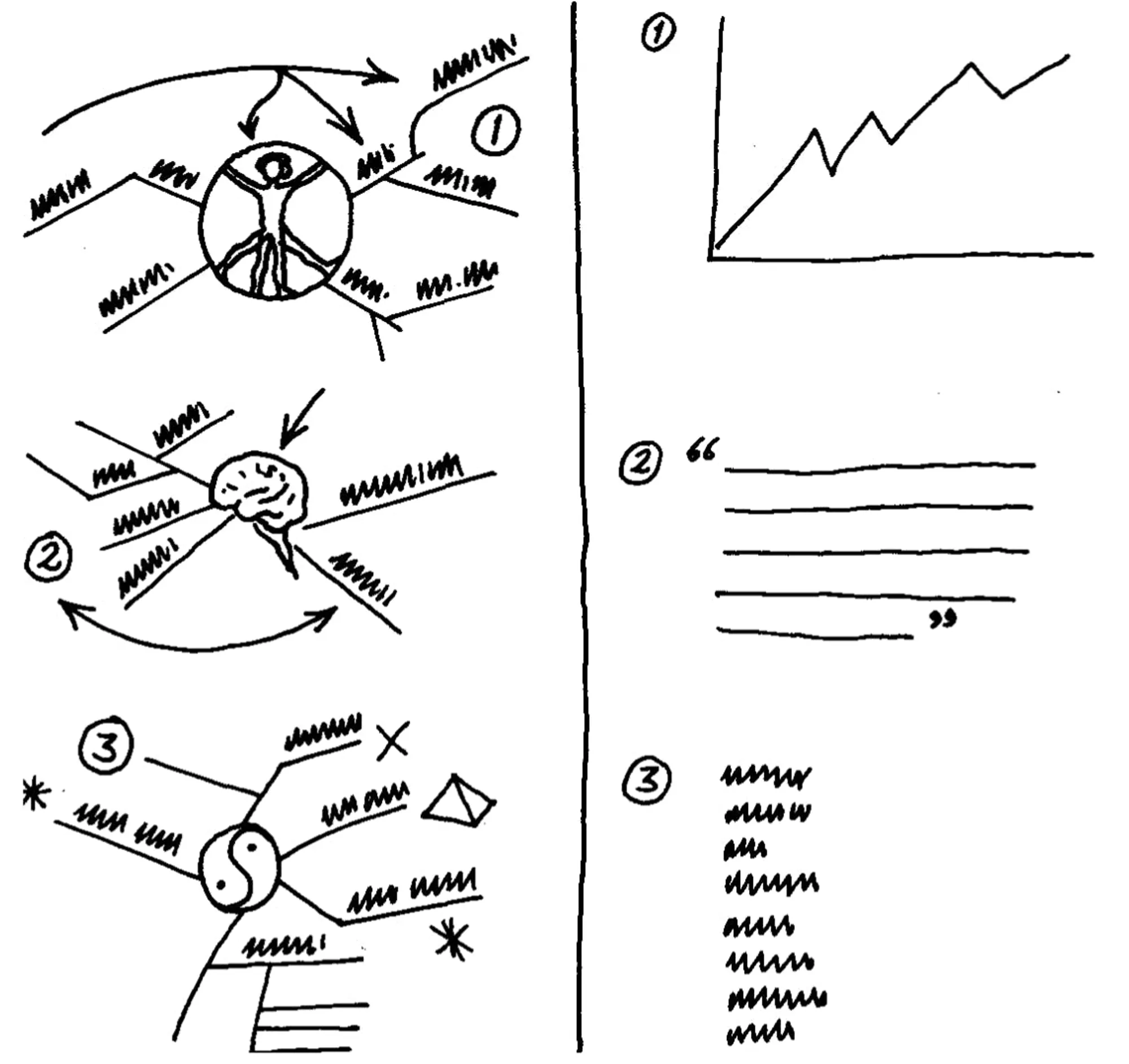“We now accept the fact that learning is a lifelong process of keeping abreast of change. And the most pressing task is to teach people how to learn.” – Peter Drucker (Founder of modern management)
What is the most valuable skill you can develop?
It sounds simple, but learning how to learn will enable you to acquire new knowledge, skills, and ideas quickly and efficiently. It is the catalyst to growth and development in any aspect of your life.
After reading this post you’ll know each step to tackling your next big learning project— whether that is an entrance exam to the school of your dreams or the social skill that holds you from getting that next big promotion.
You might be thinking, I went to twelve years of school, so I already know how to learn.
But school never teaches us how to learn, it teaches us how to pass tests. That soon becomes our main focus, and we lose our child-like curiosity and learning drive.
I first realized that I didn’t know how to truly learn after my first year of college. I was doing the same tactics that I had learned in high school—write some notes, practice some problems, and maybe review some flaschards. While that worked for simple material, it wasn’t enough for more difficult subjects like organic chemistry or the MCAT. For the first time in my life I had to learn how to learn. Eventually, those efforts helped me get the highest scores in my organic chemistry class and 99th percentile on the MCAT.
This short article will introduce the 4 key principles that learning science has identified over the past 150 years - tried and tested methods used by the world’s smartest people to learn as efficiently as possible. I’ve distilled them for you into a 4-step process, which you can use to become the shaper of your unique skill set.
1 - Draw a map
”If I have seen further it is by standing on the shoulders of giants.” — Isaac Newton
The quickest learners don’t dive straight into a new subject. Instead, they sit back and reflect.
How?
Do a brain dump: write down everything you already know about the subject. Even better: draw a mindmap.
Drawing a map builds initial comprehension, and helps identify existing knowledge to hang future insights onto. Learning doesn’t happen in isolation. New information needs to be connected to what we already know in order to stick.
Elon Musk (paraphrased here by Spotify-founder Daniel Ek) likens this process to a tree of knowledge:
“When I set out to tackle something – to solve some problem or create something new – first, it just seems insurmountable. When you enter a new field, you don't know anything; you don't even know what people are talking about! But, if I just persevere, if I keep going in this direction, eventually I'll start seeing what resembles a branch or a trunk, and then a leaf or two, and then I can start putting them together. Eventually, I'll see the whole tree.”
To start building your tree of knowledge, trigger your memory with questions like:
- How does this relate to topics you’re already familiar with?
- How does this tie into your personal experiences?
- What challenges you?
As you draw, patterns start to emerge and you make new connections. You can literally see your knowledge growing.
2 - Fail and feedback
“Errors are the basis for neuroplasticity and learning… Humans do not like this feeling of frustration and making errors. The few that do, do exceedingly well… The ones that don’t generally don’t learn much.” - Dr. Andrew Huberman (Neuroscientist at Stanford)
Learning requires rewiring your brain.
Research shows that the primary driver for rewiring your brain is failure. Your brain detects failure and makes a change in the wiring. You retry and see if it was successful.
Creating feedback loops is essential for detecting failure and making improvements.
Nobel-prize winning physicist Richard Feynman said, “If you want to master something, teach it”. Learning by teaching is an incredibly effective way of creating feedback loops.
Here’s how it works:
- Unlike most people who highlight or copy text, Feynman first writes down his understanding in his own words.
- The initial feedback comes from re-reading his notes, and identifying gaps in his understanding.
- He then does more exploration and practice to fill these gaps.
- His final test of understanding is teaching a novice about the subject. Any questions they have serve as further feedback on what needs more study.
Using Feynman’s technique creates a feedback loop for deep understanding, and rewires your brain over time.
3 - Revisit your AHA’s
“If you wish to forget anything on the spot, make a note that this thing is to be remembered.” - Edgar Allan Poe
If done well, the Feynman technique generates many “AHA-moments”. Piotr Wozniak (creator of SuperMemo) explains: an AHA-moment is a reward signal! Your brain has found a new insight. It’s the joy of learning a child experiences as it learns about the world.
But to make AHA-moments lasting, you need to capture and solidify them. Then they can form the basis for further discoveries.
You need to “relive” your AHA’s periodically.
Why?
The “forgetting curve” shows that memories decay exponentially over time. Resurfacing an insight slows down the decay rate. The optimal schedule for resurfacing follows increasing intervals over time (like: 3 days, 3 weeks, 3 months, ...).
With these spaced repetitions, 7 times at different intervals suffice to remember for life. For this incredibly efficient memorization to happen, your reviews need to be active. Psychologist William James: “It pays better to wait and recollect by an effort from within, than to look at the book again.”
How this works in practice: rather than passively rereading the phrase “Memories decay exponentially over time according to the forgetting curve”, you review the question “How do memories decay over time?”. This prompts your brain to actively recall exponential decay and visualize the forgetting curve.
4 - Deliberate action
“One hour per day of study in your chosen field is all it takes. One hour per day of study will put you at the top of your field within three years. In seven years, you can be one of the best people in the world at what you do.” – Earl Nightingale
The end goal of learning is bringing insights into action - whether that’s getting better at your job, improving your business, or practical wisdom.
To do this, identify and formulate action items as you learn.
Like the AHA-moments, periodically revisit the action items.
The main purpose of these revisits is reflection:
- What went well?
- Where did you struggle?
This helps to identify your weak points. You can then deliberately drill down on those.
Example: if you read a book about copywriting, your action item might be: “Use the P-A-S formula to write a sales page for my product.”
On every review, you reflect on how well you’ve brought it into practice. Maybe after a few reviews it turns out you struggle with writing attention-grabbing headlines. You can then create a deliberate practice around writing headlines (like: analyzing headlines that caught your own attention).
Conclusion
“Anyone who stops learning is old, whether at twenty or eighty. Anyone who keeps learning stays young. The greatest thing in life is to keep your mind young.” – Henry Ford
Right now, your capacity to learn, memorize, act and adapt is limited by your learning method.
At around the age of 12, our natural curiosity starts to wane and we go into reactive mode, passing tests and jumping hoops.
Take back control, stir up your curiosity, and create a joyful learning habit!
The best way to start is to schedule 1 hour where you can write down how you can implement each step of the method in your current subject.
To help you I’ve included an outline of the 4 steps I outline above.
I’ve been using this method myself for the past 5 years. I’ve learned skills from learning Spanish to mastering the MCAT. Which skills will you build?
Related resources

Mastering Memory Palaces: An Enlightening Guide for Highly Intelligent Learners
A science-based method to learn faster
Step-by-Step Guide to Innovative Teaching and Learning Techniques
7 Innovative Teaching Methods for Effective Learning
How to Boost Study Retention Fast Using Memory Techniques
Unlock Your Brain: Keys to Boost Long Term Memory Retention
Unlock Brain Power: How to Bolster Your Memory Retention
Boost Your Brain: Unconventional Methods to Increase Memory Retention
Mastering Memory: Revolutionize Study with Note Cards Online
The Powerful Technique That Will Revolutionize Your Learning
Unlocking the Power of Retention: The Fascinating Science Behind Spaced Memory Repetition
Unleashing Power: The Repetition Memory Strategy Decoded
Unlock Your Brain: Mastering How to Better Memory Retention
Unlock Your Learning Potential with this Revolutionary Technique
Boost Your Study Skills with the Secret Technique Everyone Is Talking About
Mastering the Art of Recollection: Unveiling the Secrets to Enhanced Memory Retention
Mastering the Art of Long-Term Retention: Unveiling the Ultimate Memory Hack
Master the Art of Remembering: Unlock Your Full Potential with a Smart Study Schedule
Supercharge Your Study Skills with These Memory Hacks
Master Your Memory Retention with this Powerful Technique
Unlocking the Power of Book Summaries: A Fascinating Guide to Zettelkasten Note-Taking
Unlock Fluency: The Secret Behind Rapid Language Learning Using SRS
Master the Job Prep Test: Boost Your Chances of Success
Master Speedy Writing: Unveiling Tips on How to Write a Paper Fast
Tips for Staying Organized in College
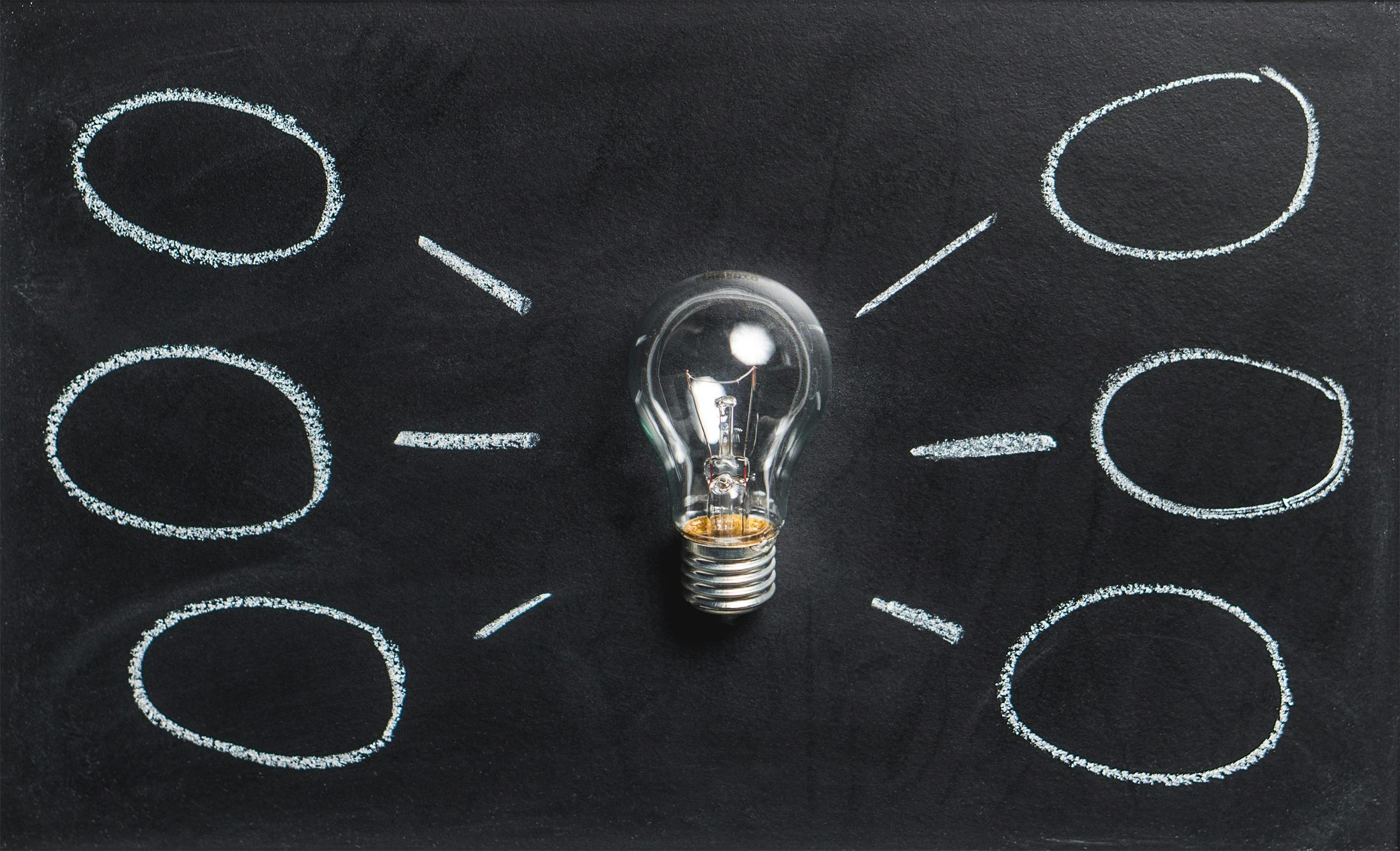
Using Flashcards to Improve Long-Term Memory
The Power of Mind Mapping for Learning
Effective Study Techniques for Complex Subjects

Unlock Your Learning Potential with the Feynman Technique
Encoding: the neglected part of effective learning
The Stages of Learning How To Learn
Learn by teaching with the Feynman technique
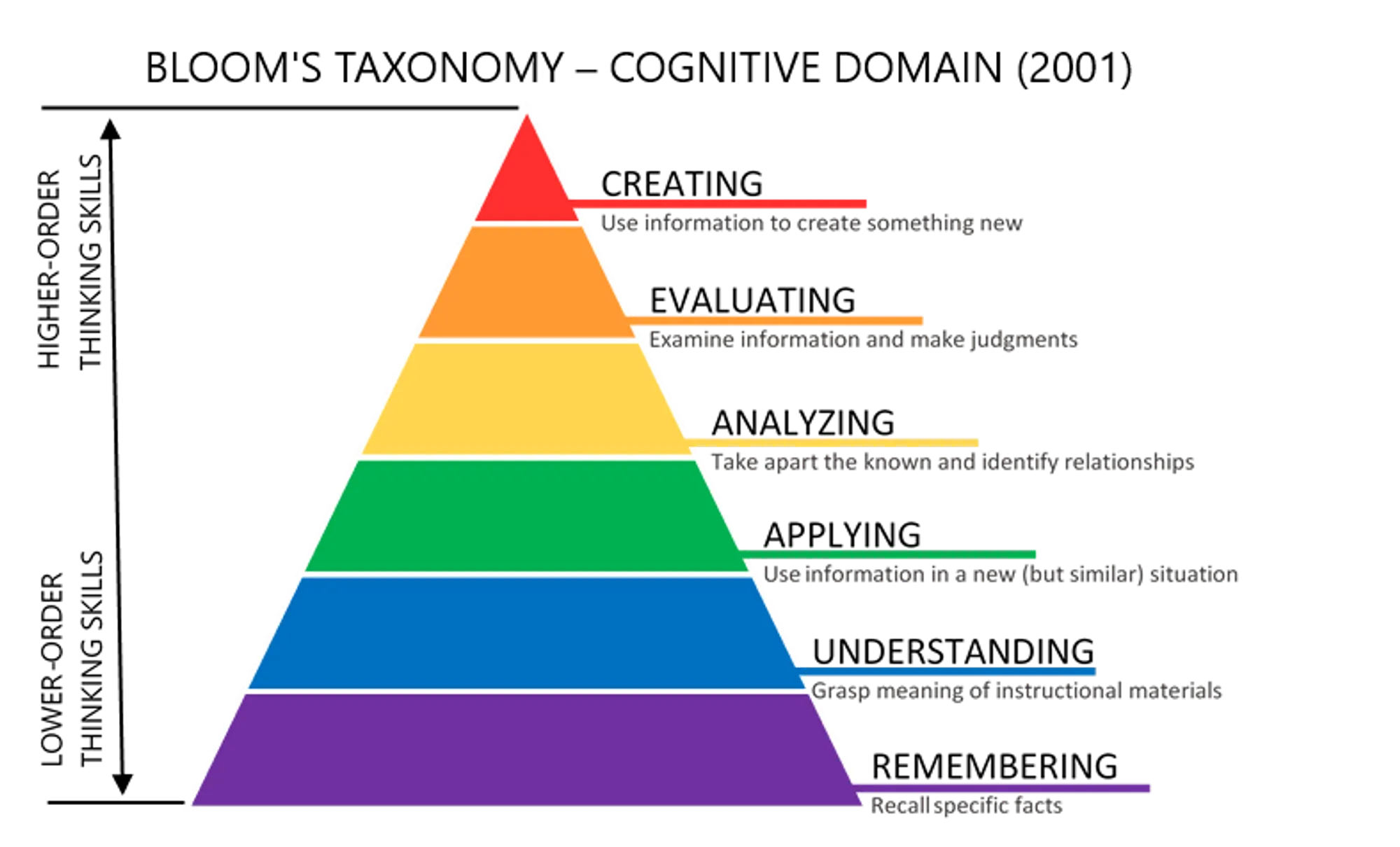
7 techniques to store information so that it sticks

Making connections won’t help you learn faster
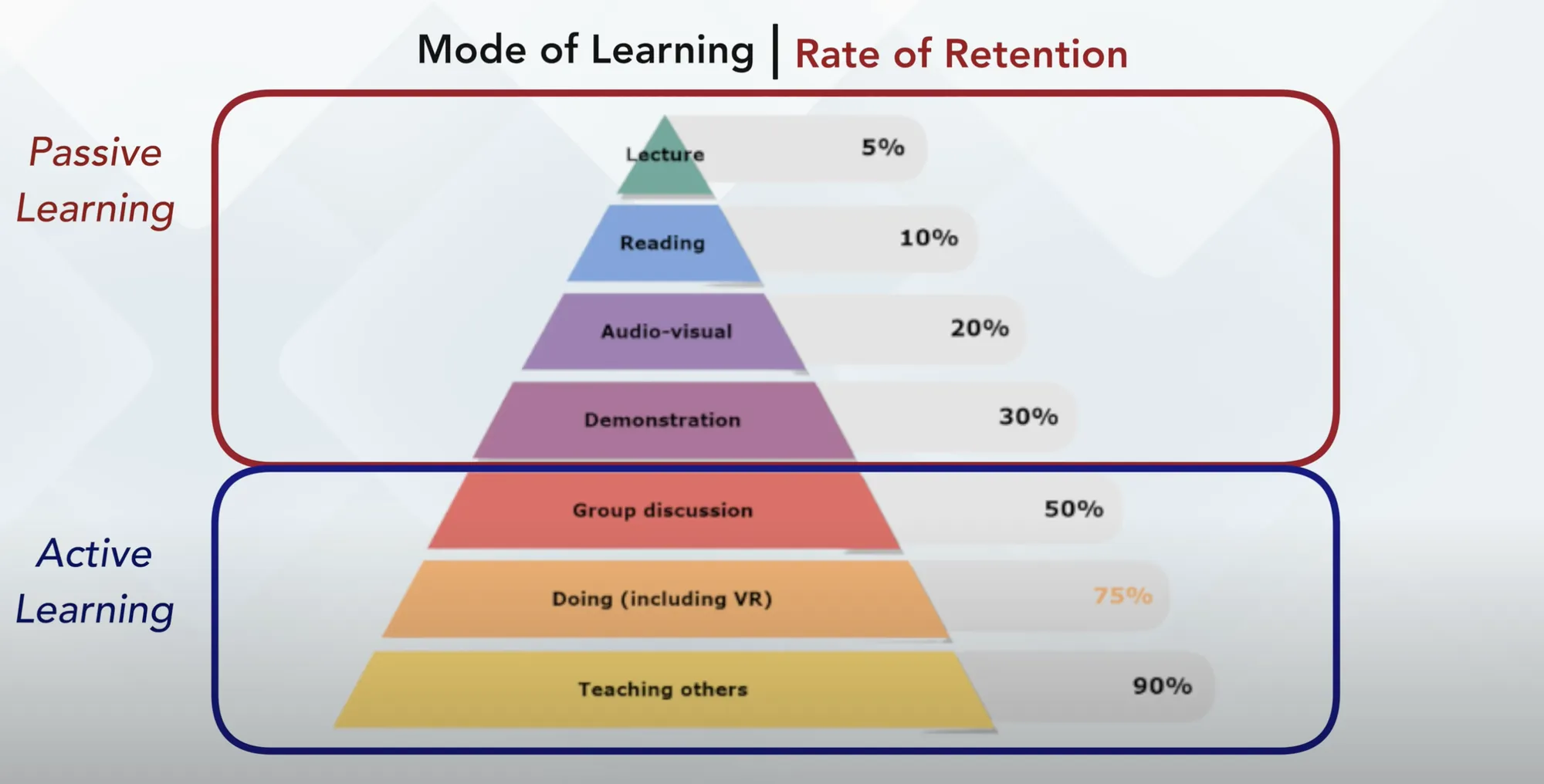
5 mistakes you might be making when learning
4 steps to learn quicker and retain more
Draw a Map
Learn effectively with a science-based study system

Anki is great BUT
Write Summaries that Stick

Writing = Thinking (But Thinking ≠ Writing)
Remember anything with your visual cortex
